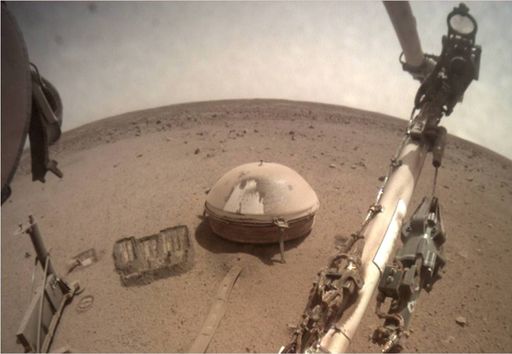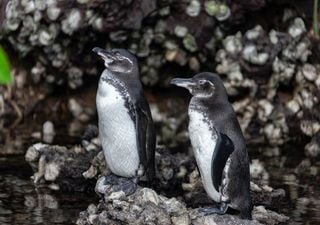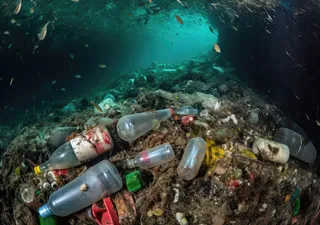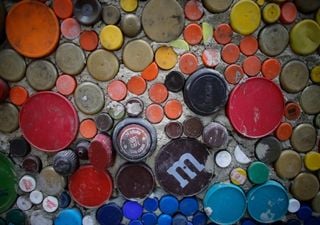Understanding the environmental fate of secondary microplastics
A new PhD research project will explore the link between climate change and microplastics from ageing plastics.
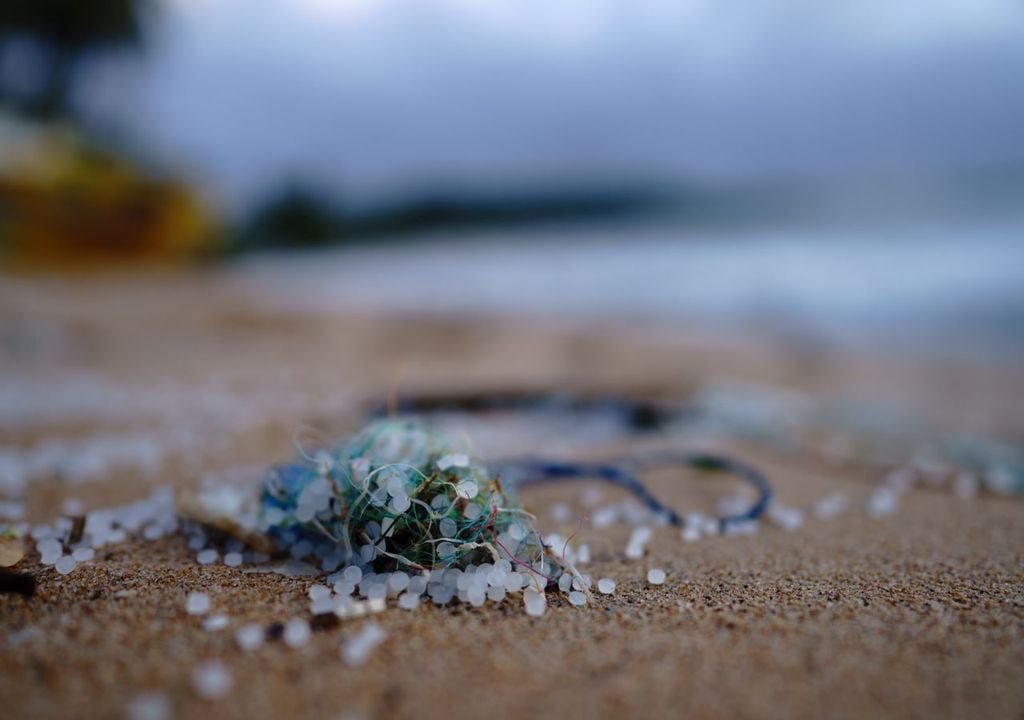
Plastic pollution is a problem – this synthetic material is incredibly useful but persists for years in the environment. Sometimes it remains intact, other times it breaks down into ever-smaller pieces called microplastics.
These microplastics are found in every corner of the world, even the most remote places, and a new three-year PhD research project aims to understand how climate change will affect microplastics in our environment in the future.
Old vs new
Researchers will use projected climate patterns for 50 years’ time from the Intergovernmental Panel on Climate Change (IPCC) to determine whether future environmental conditions – like higher UV radiation levels, increased temperatures and acidity in the oceans – will cause plastics to shed more microplastics than they do now.
Most studies focus only on microplastics shedding from brand-new plastics, but this research is the first of its kind to study how secondary microplastics from aged plastics, those that have been in the environment for years, break down under real world conditions.
“New plastic is strong, but once aged, plastic becomes weaker and breaks up more easily. We expect to see many more microplastics coming off aged plastic rather than new plastic,” explains Professor Fay Couceiro, Professor of Environmental Pollution from the University of Portsmouth. “This is important because it replicates real environmental conditions. Up until now, calculations have been made using new plastic – this method will give us a much more accurate picture of what’s going on. As far as we know this is the first time this has been looked at in conjunction with climate change.”
Accelerated ageing
Weathering and erosion caused by environmental stressors like storm events, wave action, UV exposure and extreme temperature changes weaken the structural integrity of plastic over time, causing it to degrade into smaller pieces.
Increased UV radiation, ocean acidification and more frequent extreme weather events are all expected over the next 50 years and researchers will model future climate scenarios to understand the secondary pathways through which microplastics enter the environment and how these processes will change.
Researchers will accelerate the ageing process to simulate ‘old plastic’ before testing it in two different environments – a UK climate and an Australian one – focusing on five types of common plastics in current and future climate conditions.
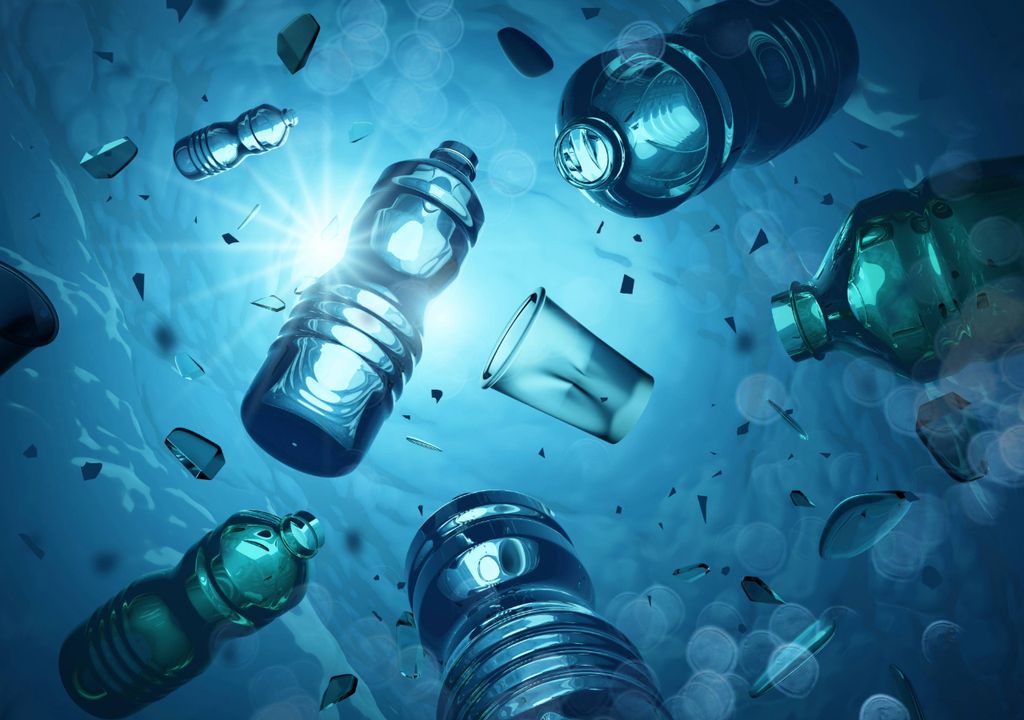
“Our aim is to better understand the fragmentation rates of plastics into microplastic, initially focusing on marine environments,” explains Stephanie Northen, PhD student from the Revolution Plastics Institute at the University. “We’ll use a variety of traditional and new bioplastic alternatives and then subject them to different environmental and physical stresses. We can then work out the rate of formation of microplastics and understand more about the impacts of climate change.”
“Plastic pollution and climate change are becoming two integral and interlinked focuses of environmental health,” adds Professor Steve Fletcher, Director of the Revolution Plastics Institute. “Understanding the environmental fate of secondary microplastics from legacy plastic pollution in the marine environment is crucial for evaluating their risk in both current and future climate conditions. Our current understanding of the fragmentation mechanisms and size categories of microplastic particles and other degradation deposits remains limited. Ultimately, we need to reduce the amount of plastic entering our environment.”




